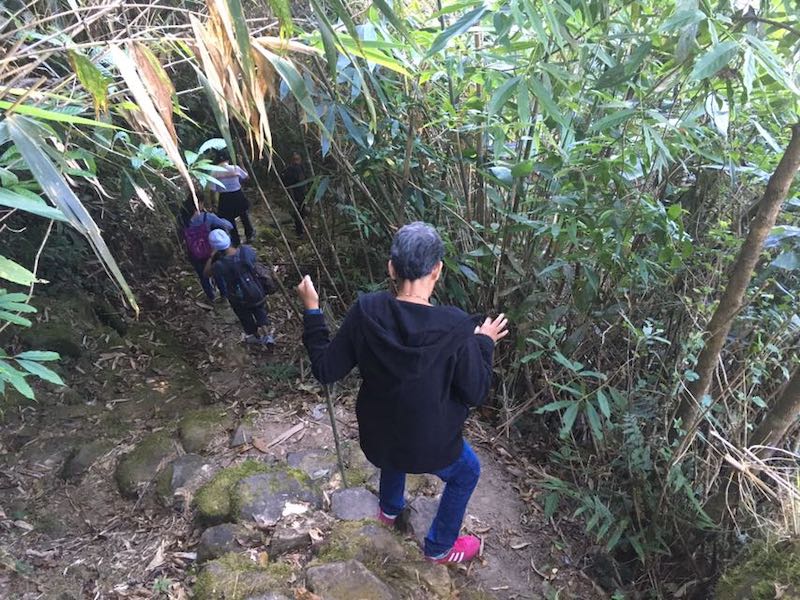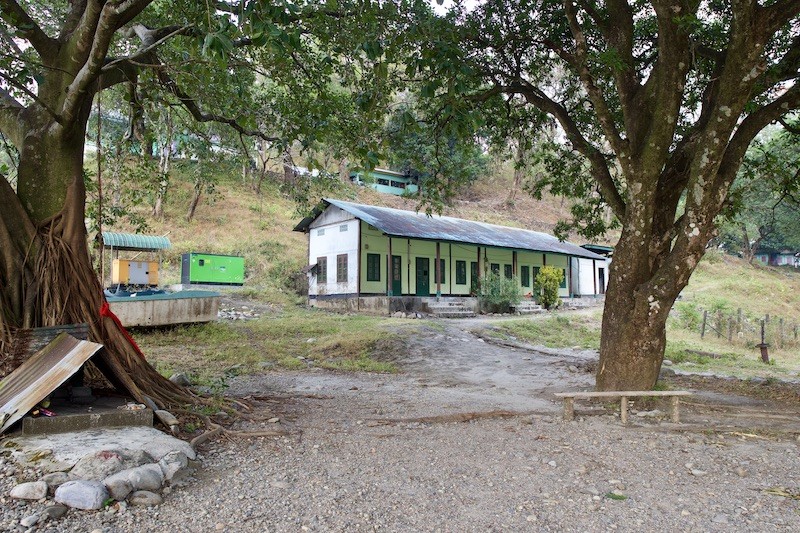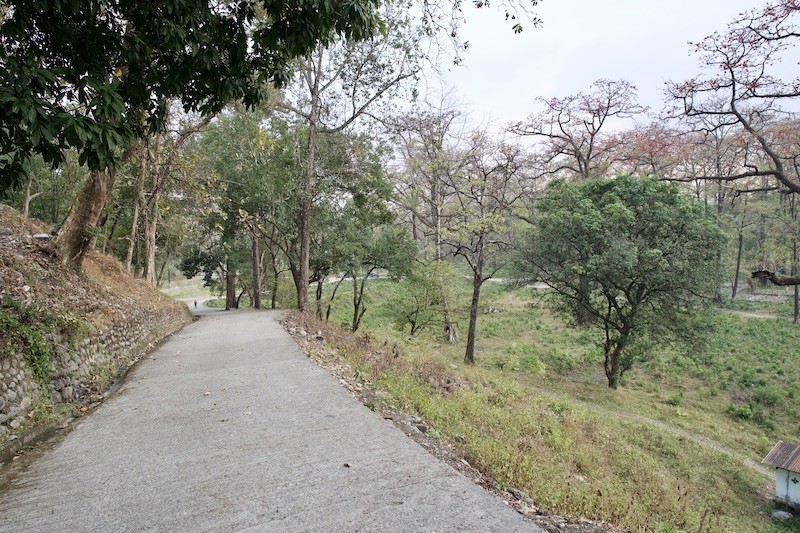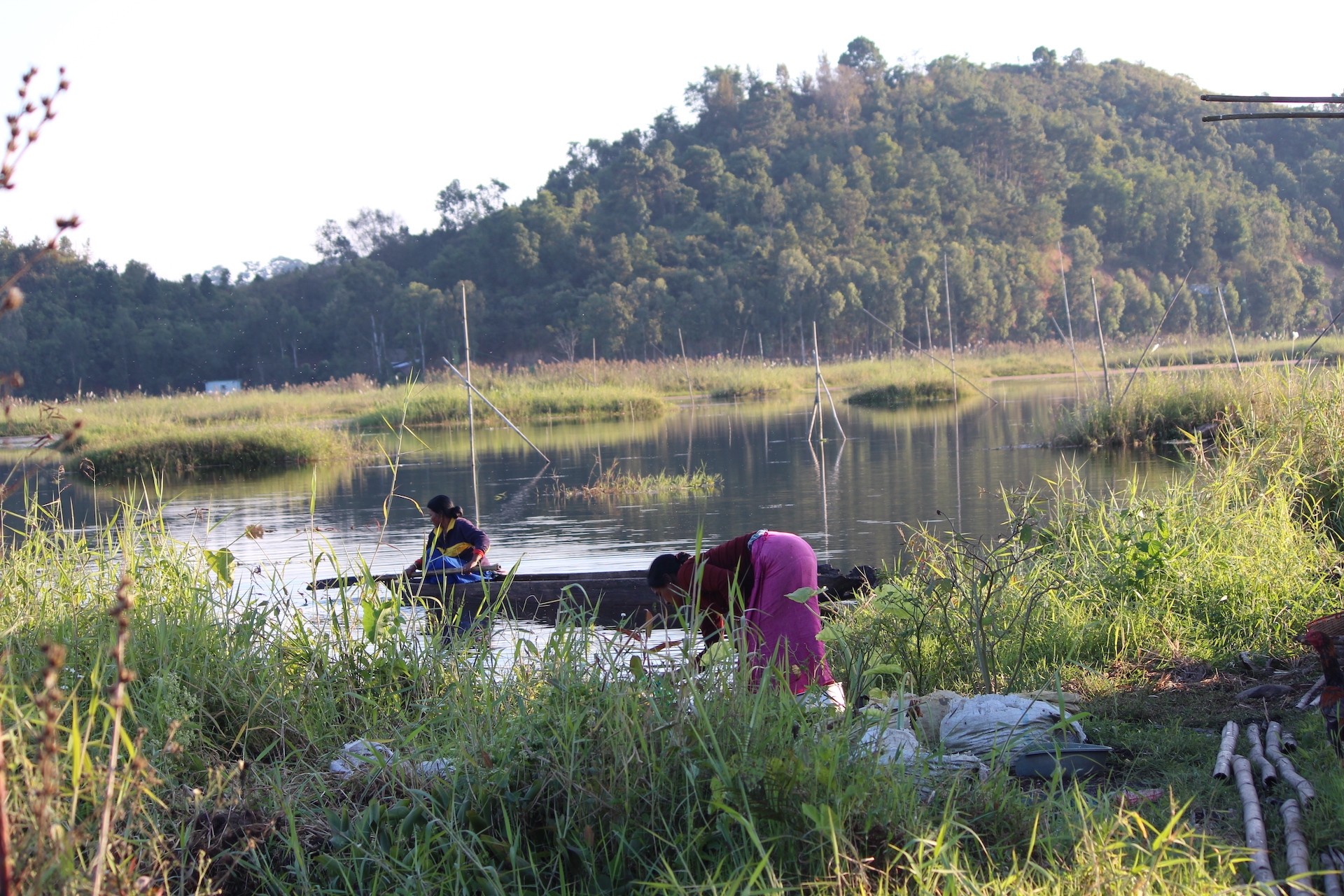How can you reduce your carbon footprint while travelling across Northeast India?
A brief overview of northeast India:
Northeast India consists of Arunachal Pradesh, Assam, Manipur, Meghalaya, Mizoram, Nagaland, Tripura, and Sikkim.
Wildlife, natural beauty, festivals, and a vibrant culture are among its most well-known features. It has a rich culture that exhibits unity in diversity as a result of the influence of numerous tribes.
As you travel around the northeast, you will be astounded by the residents’ kindness and gentleness. Here, people are quite helpful and friendly. It is something you will encounter while travelling.
Humanity is a fascinating species by nature. We have an insatiable desire to learn about new things and locations, which is why we travel.
Traveling is a relaxing and enjoyable activity that lifts our spirits. This gives us the energy to get back to our everyday routines.
However, as a result of recent advancements and our consumer culture, travel has resulted in pollution & carbon footprint.

What does it take to provide a carbon footprint? And what impact does it have on the environment?
The carbon footprint is the entire amount of greenhouse gases produced by our actions. Greenhouse gases lead to global warming and are responsible for rising temperatures and glacier melting.
Our acts while travelling also contributes to global warming by leaving a carbon footprint.
Now the question is: how can we lessen our carbon footprint if we can’t stop it?
We are not suggesting that you quit travelling or anything like that since it will not work.
Here’s what you can do:
We leave a significant carbon footprint when we travel. Some ideas for reducing your carbon footprint or things we can do to reduce our carbon footprint while traveling:

1. Break up your travel:
When compared to trains and buses, air travel has a higher carbon footprint. You can pay for your carbon footprint and offset it by participating in environmentally friendly activities.
Some cool websites calculate your carbon footprints based on your mode of transportation and distance travelled. Websites like https://co2.myclimate.org/de/offset_further_emissions and https://www.nature.org/en-us/ can help you figure out how much carbon you’re emitting.
Because landing and take-off burn more fuel, always take a direct trip rather than a connecting flight.
If trains and buses are available, take them instead of flying.

2. Eat local:
Vegetarian food options are abound in the northeast, while non-vegetarian options are also available depending on your preferences.
In Northeast India, you’ll find familiar foods like rice, curries, and daal. Smoked meats are also available. There are numerous foods to choose from that will pique your attention. One can avoid red meat.
Try Khar, Pitha, Galho and Kelli chana if you’re a vegetarian. Opt for Smoked Pork, Tenga fish, and Jadon if you’re a non-vegetarian. Consume seasonal and regional foods.
You can also taste millet-based Tongba and aphung, as well as a range of other drinks.
I recommend that you buy your foodstuffs from local stores rather than chain restaurants. This helps local businesses to develop. It lessens the carbon impact when we purchase something that must be shipped.
The same is true for hotels. We would recommend staying in a local guesthouse or a homestay over a chain hotel. This will help to boost the local economy and market.
Additionally, rather than taking a private cab, take a shared cab. Avoid cabs, if destination is within walking distance or can be reached by foot.

3. Save energy:
Avoid too much shampoo, towels, and clothes because they’ll end up in the laundry, so keep it simple. Remember to switch off the lights when you’re not using them or when you leave the house.
Staying in eco-friendly hotels and resorts is a good idea.
Use cycles for local travel.
If it’s not winter, use cold water for your refreshing & bathing needs.
4. Put the environment ahead of convenience:
Instead of using a disposable bottle, use a refillable one. If you don’t want to use a packed water bottle, you can fill it with any water filter.
Other things you can help are:
- Avoid Disposable cutlery
- Purchace local Souvenirs
- Support local businesses
- Avoid littering
I hope this clarifies the matter for you. If we follow these instructions carefully, we will undoubtedly reduce our carbon footprint. This is critical if we are to protect our world.

